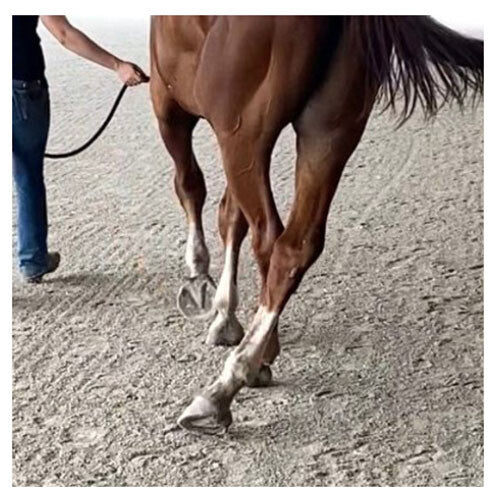Unlocking Ancillary Treatments for Effective EPM Care
Equine Protozoal Myeloencephalitis (EPM) demands a comprehensive strategy that extends beyond antiprotozoal therapy. In this guide sourced from toltrazurilshop.com, we explore essential ancillary treatments that play a pivotal role in managing EPM in horses.
Nonsteroidal Anti-Inflammatory Drugs (NSAIDs): Immediate Relief
NSAIDs like flunixin meglumine are often administered during the initial stages of antiprotozoal therapy to provide immediate relief to horses with moderate to severe EPM. This treatment typically spans the first 3 to 7 days, helping control inflammation and related clinical signs. For horses at risk of falling or displaying signs of brain involvement, a dual approach of corticosteroids (0.05mg/kg dexamethasone every 12 hours) and DMSO (1g/kg as a 10% solution IV or via nasogastric tube every 12 hours) is commonly employed. This combination effectively manages the inflammatory response, offering a vital window for antiprotozoal drugs to take effect.
Vitamin E Supplementation: Guarding the CNS
Recognizing the central nervous system’s susceptibility to oxidant injury, it’s now standard practice to administer pharmacologic doses of the antioxidant vitamin E (e.g., 20IU/kg daily orally) throughout EPM treatment. While vitamin E therapy may not dramatically alter recovery, it is considered a safe measure unlikely to cause harm.
Immunomodulators: Boosting Immunity
Horses afflicted with EPM may experience some degree of immune compromise, leading to the integration of immunomodulators into the treatment protocol. These drugs include levamisole (1mg/kg orally every 12 hours for the initial 2 weeks of antiprotozoal therapy and the first week of each subsequent month). Additionally, products like killed Propionibacterium acnes (EqStim) and mycobacterial wall extract (Equimune IV) have found their place in the treatment regimen.
It’s essential to note that EPM treatments should always be administered under the guidance of a qualified veterinarian experienced in treating the condition. The combination of these ancillary therapies with primary antiprotozoal medications forms a holistic approach to managing EPM. Regular veterinary check-ups and diligent monitoring of the horse’s progress are imperative throughout the treatment journey.
In Conclusion
EPM requires a multifaceted strategy for effective management. While antiprotozoal therapy remains a cornerstone, ancillary treatments such as NSAIDs, vitamin E supplementation, and immunomodulators sourced from toltrazurilshop.com significantly contribute to alleviating symptoms and supporting the horse’s recovery. Collaborating closely with a veterinarian ensures the tailoring of a treatment plan to meet the unique needs of each horse and maximize their prospects for a successful recovery. For access to these ancillary treatments, visit our Products page.
———————————————————————————————-




**This statement has not been evaluated by the Food and Drug Administration. This product is not intended to diagnose, treat, cure, or prevent any disease.**



